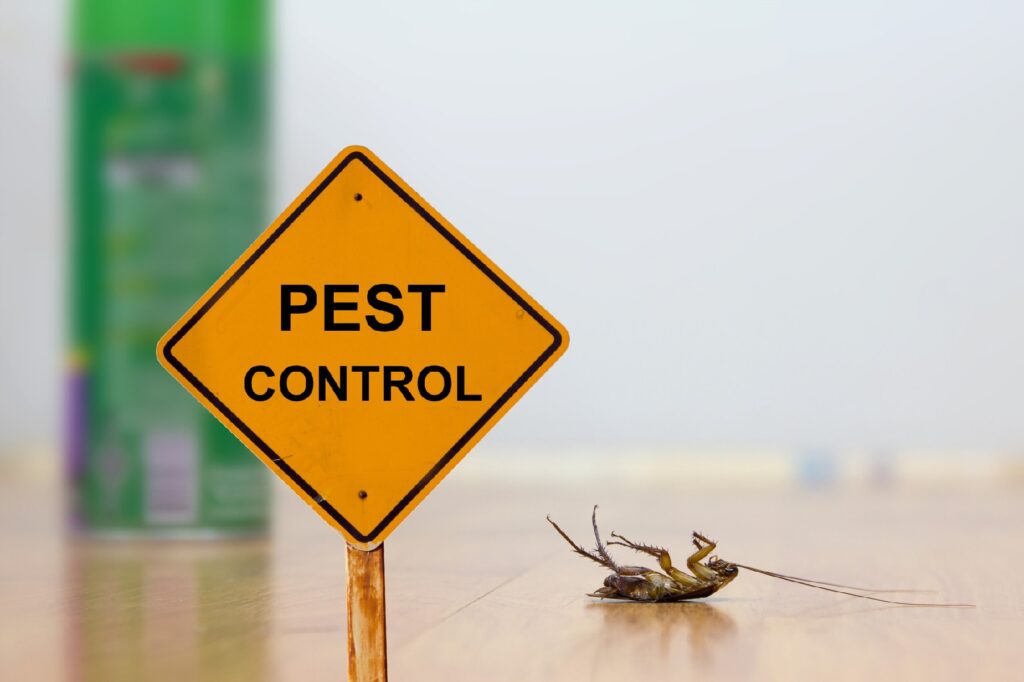A1 Charlotte Pest Control Companies - Your Neighborhood Pest Professionals
A1 Charlotte Pest Control Companies - Your Neighborhood Pest Professionals
Blog Article
Bed Pest Treatment Break Down: Comparing Chemical Vs. Non-Chemical Solutions
In the world of parasite control, especially when taking care of the consistent concern of bed insects, the selection in between chemical and non-chemical treatment remedies can be a pivotal one. Both strategies provide distinctive benefits and disadvantages, influencing aspects such as effectiveness, safety considerations, and total cost. By taking a look at the nuanced details of each technique, a more clear understanding of which path to pursue in resolving a bed bug infestation can be achieved.
Effectiveness of Chemical Treatments
Chemical treatments for bed bug invasions have actually been widely identified for their potent and fast efficacy in eradicating these parasites. When considering the effectiveness of chemical treatments, it is crucial to comprehend that they can supply a quick and comprehensive remedy to a bed insect problem. Expert pest control men often depend on insecticides to target bed bugs at various phases of their life process, including grownups, fairies, and eggs. These chemicals normally work by interrupting the bed bugs' nervous system, causing paralysis and eventual fatality.
In addition, chemical treatments have the advantage of providing residual effects, meaning that they can remain to get rid of bed bugs even after the first application. This recurring activity is specifically useful in combating any type of potential re-infestations. In addition, the fast activity of chemical treatments can bring alleviation to individuals dealing with extreme bed bug invasions, permitting them to reclaim control of their home rapidly.
Safety Worry About Chemical Solutions
One essential aspect that calls for mindful consideration when making use of chemical solutions for bed pest treatment is guaranteeing the safety of passengers and the atmosphere. Exposure to specific chemicals utilized in bed bug therapies can lead to breathing problems, skin irritability, or other adverse responses, specifically in people with pre-existing problems or sensitivities.
In addition, the environmental influence of chemical services is another significant consideration. Some chemicals made use of in bed bug therapies might be damaging to beneficial bugs, wildlife, and environments if they leach into the soil or water systems. It is vital to use chemical treatments carefully, complying with security guidelines, and thinking about less toxic alternatives to reduce these threats and guarantee the reliable and safe management of bed insect problems.
Advantages of Non-Chemical Approaches
Thinking about the potential security problems and ecological impact related to chemical services for bed insect therapy, exploring non-chemical methods presents an appealing alternative with several distinct advantages. Non-chemical approaches offer a more secure alternative for families, particularly those with pet dogs, individuals, or youngsters conscious extreme chemicals. These techniques get rid of the dangers of direct exposure to toxic materials, minimizing the capacity for negative health and wellness results. Additionally, non-chemical treatments are ecologically friendly, as they do not contribute to air or water air pollution, making them a lasting choice for bug control.
Furthermore, non-chemical services can be effective in targeting bed bugs, including hard-to-reach areas where chemical treatments might not penetrate - A1 pest control charlotte nc bed bugs. Techniques such as warm therapy, vacuuming, heavy steam cleansing, and cushion encasements supply comprehensive elimination without the use of dangerous chemicals.
Limitations of Non-Chemical Treatments

Furthermore, non-chemical therapies commonly require several view applications to attain effective obliteration. This can be time-consuming and might not constantly guarantee total removal of all bed bugs and their eggs, especially in hidden or hard-to-reach areas.
In addition, the success of non-chemical therapies greatly counts on appropriate execution and thoroughness, which can be challenging for individuals without professional experience. Poor application of non-chemical techniques may lead to insufficient elimination, causing relentless infestations and the need for additional treatments.
As a result, while non-chemical treatments have their advantages, it is vital to acknowledge these limitations and consider them when identifying the most reliable method for managing bed bug problems.
Expense Comparison: Chemical Vs. Non-Chemical Options
Provided the limitations associated with non-chemical therapies, an important aspect to examine in the context of bed insect administration is the price comparison in between chemical and non-chemical choices. In comparison, non-chemical therapies like warm treatment or vapor can be more expensive, with expenses varying from $1,000 to $6,000 for an entire home. While the preliminary cost of Click Here chemical treatments may appear reduced, multiple treatments might be called for to fully eradicate the infestation, possibly increasing the general expense.
Verdict

Considering the potential security concerns and ecological effect connected with chemical services for bed insect treatment, discovering non-chemical methods offers an appealing alternative with several distinctive advantages.Offered the restrictions connected with non-chemical therapies, an essential facet to evaluate in the context of bed insect monitoring is the cost comparison between chemical and non-chemical alternatives. In comparison, non-chemical treatments like heat treatment or steam can be a lot more costly, with prices varying from $1,000 to $6,000 learn this here now for an entire home. While the initial price of chemical treatments might seem reduced, several therapies may be required to totally eliminate the infestation, possibly increasing the general price.In final thought, when comparing chemical and non-chemical bed pest treatment alternatives, it is essential to consider effectiveness, safety and security, advantages, restrictions, and expense.
Report this page